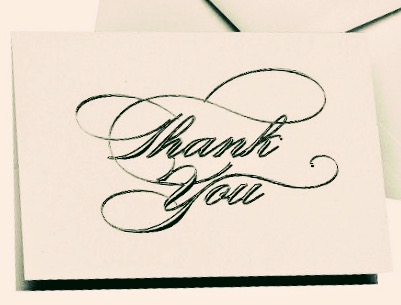Drink a Toast
This civilized custom of “drinking a toast” to the good health of a friend began in ancient times, but the terminology came later. In Shakespeare’s time, a piece of toasted bread was put in the tankard before ale or wine was poured in, to improve the taste and to collect sediment and impurities at the bottom of the vessel. Thus, the drink became known as “a toast.”
This civilized custom of “drinking a toast” to the good health of a friend began in ancient times, but the terminology came later. In Shakespeare’s time, a piece of toasted bread was put in the tankard before ale or wine was poured in, to improve the taste and to collect sediment and impurities at the bottom of the vessel. Thus, the drink became known as “a toast.”
Toast of the Town
The “toast of the town” is someone whose great popularity causes many to “drink his health.” The usual custom in olden days, was to pour a little of the wine into the host’s glass and some into the guest’s, before either drank. Few trusted anyone outside the family circle and this was the only way to be sure the no one had poisoned the drink. Later, the ceremonial clinking of glasses was accompanied with the spoken wish, ‘To your good health.’ — Sources: A variety of authors including Patricia Easterbrook Roberts and Judith Visser
The “toast of the town” is someone whose great popularity causes many to “drink his health.” The usual custom in olden days, was to pour a little of the wine into the host’s glass and some into the guest’s, before either drank. Few trusted anyone outside the family circle and this was the only way to be sure the no one had poisoned the drink. Later, the ceremonial clinking of glasses was accompanied with the spoken wish, ‘To your good health.’ — Sources: A variety of authors including Patricia Easterbrook Roberts and Judith Visser
Etiquette Enthusiast, Maura J Graber, is the Site Editor for the Etiquipedia©️ Etiquette Encyclopedia





















